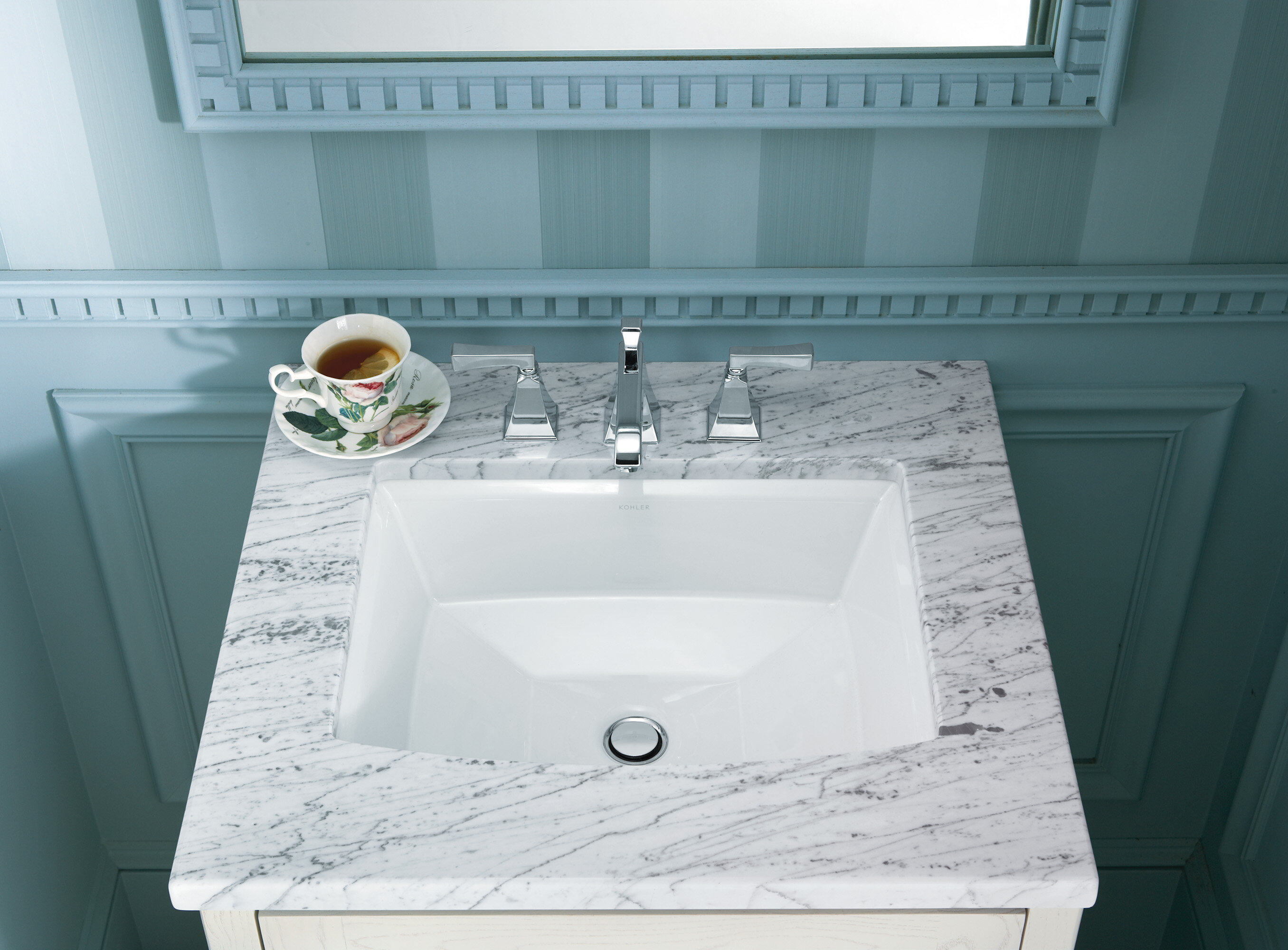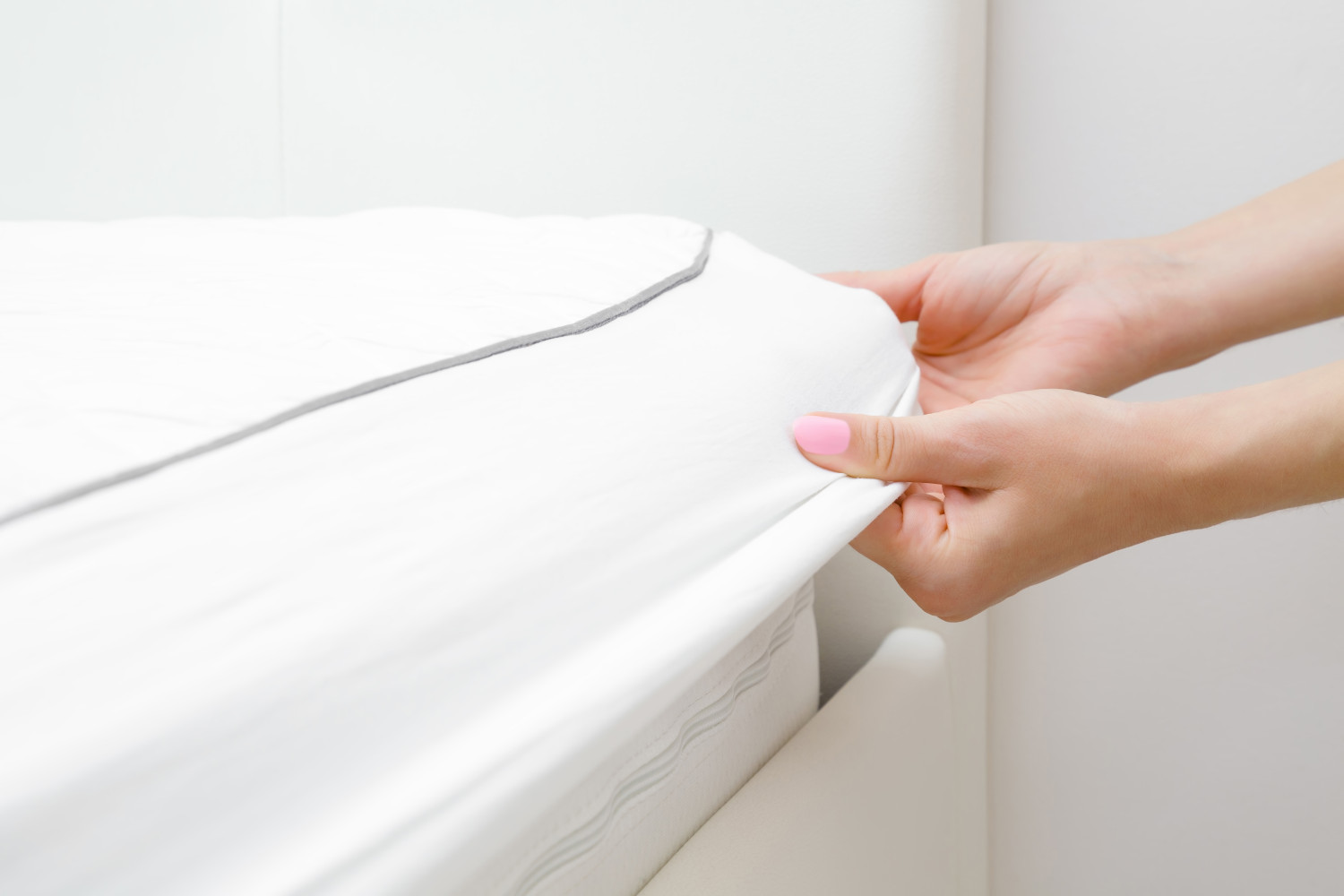Modern Japanese House Design
Modern Japanese house designs have been heavily influenced by the rapidly changing advancements of technology and the passage of time. Incorporating modern elements such as steel and concrete, these designs redefine the traditional look and feel of Japanese architecture. Often seen in urban settings and generally large in size, they are the perfect embodiment of modern Japan as they blend traditional Japanese aesthetics with cutting-edge, contemporary design. Notable features of modern Japanese house designs include sharp angles, wood-paneled walls, glass partitions, and swooping concrete roofs.Modern Japanese house designs emphasize spacious interiors, larger windows, and state-of-the-art amenities, making them both elegant and functional.
Contemporary Japanese House Design
The term contemporary Japanese House design encompasses a wide variety of design styles. Combing traditional Japanese elements with more modern approaches, they’re characterized by their light-filled spaces, natural materials, natural light, abundant greenery, and minimalist furniture and decorations. Using a variety of materials such as wood, glass, steel and concrete, these designs focus on comfort and function in harmony with nature. Contemporary Japanese house designs emphasize ease of use, low-impact architecture, and natural views to create a peaceful and tranquil living space. They also often feature large windows to allow for plenty of natural light, as well as modern furnishings and airy, open-plan living areas.
Traditional Japanese House Design
The traditional Japanese house design has been a long-standing part of Japanese culture. Built to seamlessly integrate with nature and the environment, these designs typically incorporate materials like wood, bamboo, and paper, and feature curved, tatami-covered rooms, intricate patterns, and beautiful gardens. Traditional Japanese house designs are based on rationality, nature, and beauty all in one. Despite the passage of time, many of these structures have been preserved and you can still find them today in old and new neighborhoods alike.
Minimalist Japanese House Design
Japanese minimalism is the driving principle behind minimalist Japanese house designs. Incorporating minimal furniture and streamlined forms, they draw from Zen design principles to create a light, airy, and simple living environment. Utilizing a mixture of natural materials and modern silhouettes, these minimalist Japanese house designs promote an atmosphere of tranquility and well-being. By emphasizing the relationship between indoors and outdoors, these designs bring a balance between nature and modern life.
Zen Japanese House Design
Zen Japanese house designs are inspired by traditional Zen philosophy, which emphasizes living a ‘simple’ life. Embodying an air of tranquility and harmony between humans and nature, these designs focus on creating a simple, low-maintenance living environment. Utilizing natural materials such as cedar wood, as well as non-structural components like plants and intricate patterns, these houses aim to evoke feelings of harmony and balance. Other features of Zen Japanese house design include tatami-covered rooms, rock gardens, low-set furniture, and subdued colors.
Small Japanese House Design
Small Japanese house designs are perfect for city-dwellers looking to maximize their space. These designs focus on creating a cozy and livable environment in a minimal amount of space. Made for efficiency, these designs often maximize efficiency with built-in storage, movable furniture, and efficient use of natural light and ventilation. Small Japanese house designs also often use an open concept and lofted spaces to maximize natural light and airy feeling.
Prefab Japanese House Design
Prefab Japanese house designs are quickly gaining popularity as they help to make the process of building a home much easier and quicker. Utilizing prefabricated materials and offsite building processes, these homes are designed to be assembled quickly with minimal disruption to the environment. These prefab homes are also extremely customizable and can be molded for a variety of purposes and settings. With their quick and efficient assembly, these prefab Japanese house designs are quickly becoming the go-to choice for those looking to build their dream home in a cost-efficient and eco-friendly manner.
Sustainable Japanese House Design
Sustainable Japanese house designs focus on the idea of creating homes that require minimal energy and water usage, and that are built using recyclable materials that are easy on the environment. Incorporating features such as natural ventilation, water harvesting, and energy-saving materials, these homes are designed to be as eco-friendly as possible. Several sustainable Japanese house designs also feature green roofs made from plants and water-saving fixtures that help to reduce energy costs.
Tiny Japanese House Design
Tiny Japanese house designs are perfect for those who want to make the most of limited spaces. As property prices continue to climb, these tiny homes provide a budget-friendly alternative to traditional housing. These diminutive dwellings are often multifunctional and feature creative solutions to maximize efficiency. Notable features of tiny Japanese house designs include furniture that can be folded for storage, efficient use of space for storage, and minimalist designs that can be customized to fit any need.
Japanese Tea House Design
Japanese tea house designs have long been a staple of the Japanese architectural landscape. Traditionally functioning as a place of respite and relaxation, these structures are also used for meetings, social activities, and contemplation. As a result, Japanese tea houses are typically small in size and designed to blend seamlessly into nature. Notable features of Japanese tea house design include sliding shoji screens, sloped roofs, and natural materials like bamboo, wood, and thatch. Although traditionally used as a gathering place, Japanese tea houses are becoming more popular for use as private residences as well.
Japan House Design: Tradition and Beauty in One
 Japan has one of the longest and richest cultural histories in the world, and its prestige extends to many aspects of life, including
house design
. For centuries, Japanese homeowners have been creating beautiful interiors that offer both style and practicality. From the traditional
eniwa
(fire-proof paper walls) to the minimalistic
tatami mats
, the
Japanese house design
is distinctly pleasing to the eye andhas been an inspiration for people around the world.
In Japanese culture, house design is about more than just aesthetics — it’s also about life, family, and nature. For example, starchitect Tadao Ando’s Andō museum has an internal courtyard that runs through the center of the building, symbolizing the intimate relationship between nature and life. Furthermore, by using natural materials such as wood, bamboo, and straw, Japanese house designers have created a harmonious balance between the beauty and the environment, taking inspiration from the four seasons to create something uniquely elegant.
In addition to the traditional house design styles, many Japanese homeowners are also embracing modern styles. These designs often incorporate the use of
natural light
, large windows, and sliding doors that allow homeowners to bring outdoor spaces indoors. Modern interiors also have an emphasis on creating an environment that promotes relaxation and healing. This means incorporating features such as
Zen gardens
, water features, and low-light spaces. By combining modern and traditional elements, Japanese homeowners are able to create a unique space that suits their personal style and provides comfort and utility.
Finally,
Japanese house design
also includes features that foster connectivity between people. From the
shōji
(traditional sliding doors) to
genkan
(entryways), Japanese house design encourages interaction between family members while providing a sense of privacy and serenity.
Japan has one of the longest and richest cultural histories in the world, and its prestige extends to many aspects of life, including
house design
. For centuries, Japanese homeowners have been creating beautiful interiors that offer both style and practicality. From the traditional
eniwa
(fire-proof paper walls) to the minimalistic
tatami mats
, the
Japanese house design
is distinctly pleasing to the eye andhas been an inspiration for people around the world.
In Japanese culture, house design is about more than just aesthetics — it’s also about life, family, and nature. For example, starchitect Tadao Ando’s Andō museum has an internal courtyard that runs through the center of the building, symbolizing the intimate relationship between nature and life. Furthermore, by using natural materials such as wood, bamboo, and straw, Japanese house designers have created a harmonious balance between the beauty and the environment, taking inspiration from the four seasons to create something uniquely elegant.
In addition to the traditional house design styles, many Japanese homeowners are also embracing modern styles. These designs often incorporate the use of
natural light
, large windows, and sliding doors that allow homeowners to bring outdoor spaces indoors. Modern interiors also have an emphasis on creating an environment that promotes relaxation and healing. This means incorporating features such as
Zen gardens
, water features, and low-light spaces. By combining modern and traditional elements, Japanese homeowners are able to create a unique space that suits their personal style and provides comfort and utility.
Finally,
Japanese house design
also includes features that foster connectivity between people. From the
shōji
(traditional sliding doors) to
genkan
(entryways), Japanese house design encourages interaction between family members while providing a sense of privacy and serenity.
Interior Design
 When it comes to
interior design
, Japanese homeowners have a variety of options available. Filled with natural materials, like
wood
and soft furniture, Japanese
interior design
emphasizes natural elements while utilizing clean lines and touches of color. This combination results in an interior aesthetic that is both modern and timeless.
When it comes to
interior design
, Japanese homeowners have a variety of options available. Filled with natural materials, like
wood
and soft furniture, Japanese
interior design
emphasizes natural elements while utilizing clean lines and touches of color. This combination results in an interior aesthetic that is both modern and timeless.
Exterior Design
 The exterior of Japanese
house design
is equally varied. Certain features, like the
shōji
(sliding paper door), are commonplace in most modern homes, while a more traditional style would include features like a
thatched roof
and traditionally-styled wooden columns. Of course, every
Japanese house design
is unique in its own way, and homeowners can customize the outside of their homes with unique features like climbing vines or decorative tiles.
The exterior of Japanese
house design
is equally varied. Certain features, like the
shōji
(sliding paper door), are commonplace in most modern homes, while a more traditional style would include features like a
thatched roof
and traditionally-styled wooden columns. Of course, every
Japanese house design
is unique in its own way, and homeowners can customize the outside of their homes with unique features like climbing vines or decorative tiles.






































































































